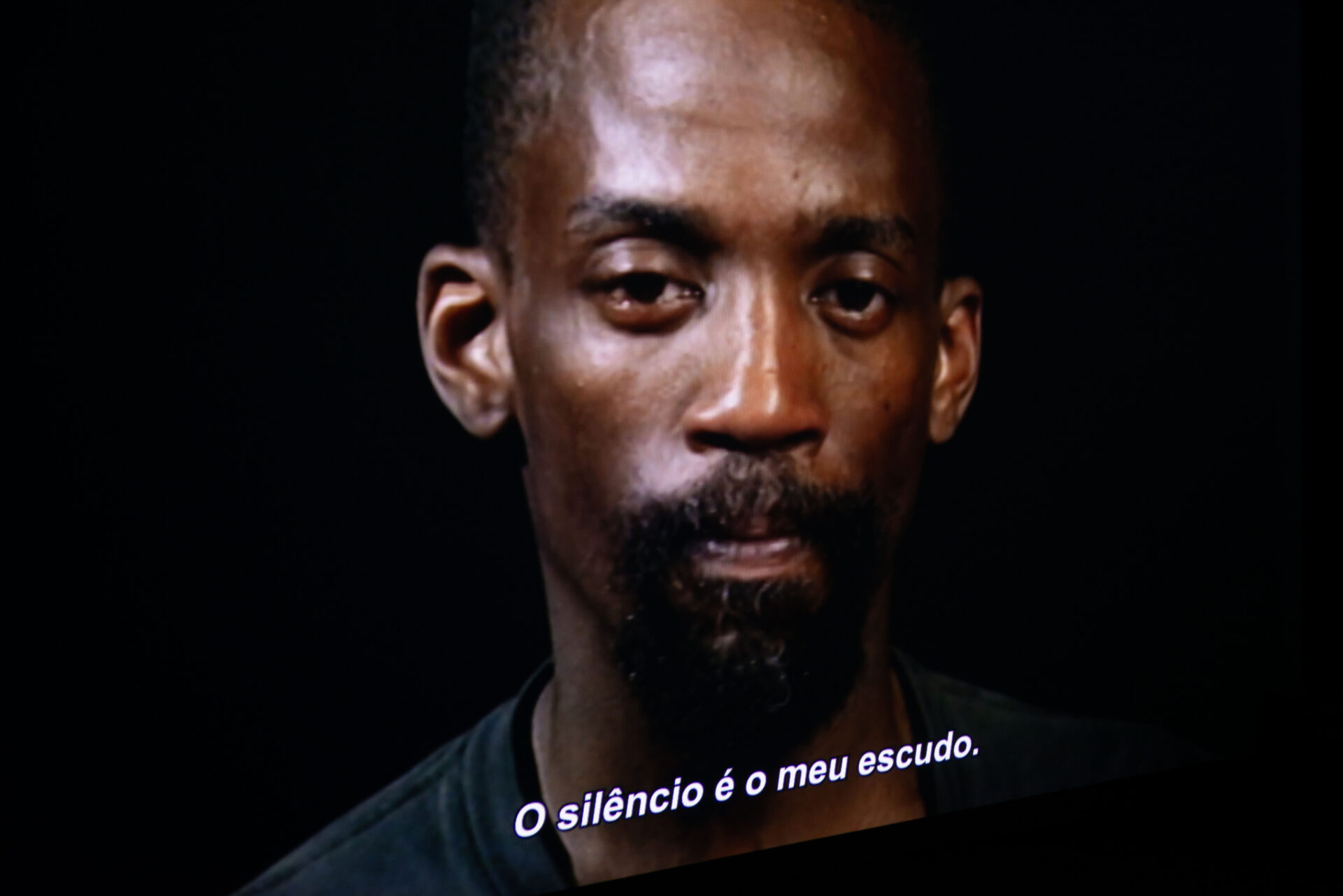
Marlon Riggs
Since being reappraised by researchers, curators, and distributors,¹ Marlon Riggs’ films have been frequently revered for their content and the potential for identification they generate. I propose, however, that we highlight his work as integral to a history of forms in the arts, particularly in film.
Riggs engages with an anti-silencing filmmaking practice, attributing to self-expression such a value hitherto seen. Voice and rhythm are the main formal strategies of his work. It is no accident that poetry, with its infinite possibilities of sonic and elliptical arrangements, constitutes an unmistakable feature of his films.
Tongues Untied (1989) inaugurates the most inventive phase of Riggs’s career and combines the stylistic traits we usually associate with his work. Like many of his subsequent films, Tongues Untied transitions from the radically personal – thus verging on the confessional – to the undoubtedly collective – thus espousing polyphony.
When speaking of Riggs one must recognize that the concept of the auteur theory – that is, to attribute what emanates from the mise-en-scène almost exclusively to the director – poses limitations. To better understand him, it would be useful to observe him as a creator in dialogue with a number of artistically brilliant and intellectually rigorous individuals: Black-gay activists, Black feminist scholars, and poets, such as Essex Hemphill.
Riggs’ films strove to make Black gay men both part of the Black experience and part of Americanness. Invested with a reconciliation of identities, his films sought a settling of scores toward a possible redemption with three structuring identities: Black, American, and gay.
In Tongues Untied, Riggs posits this assertive reconciliation as an aesthetic and political project.
heitor augusto
translated from portuguese by philip somervell
Marlon Riggs (Fort Worth, TX, USA, 1957 – Oakland, CA, USA, 1994) was a filmmaker, activist, and university professor. Among his most well-known films is Tongues Untied (1989). Other notable works include Ethnic Notions (1987) and Color Adjustment (1991), which examine racist representations in American culture, and Black Is… Black Ain’t, completed after his death.
1. Among them are Bruno F. Duarte, Cornelius Moore, Louis Massiah, and Rhea L. Combs, in addition to my own work as a curator and professor.

 Português
Português